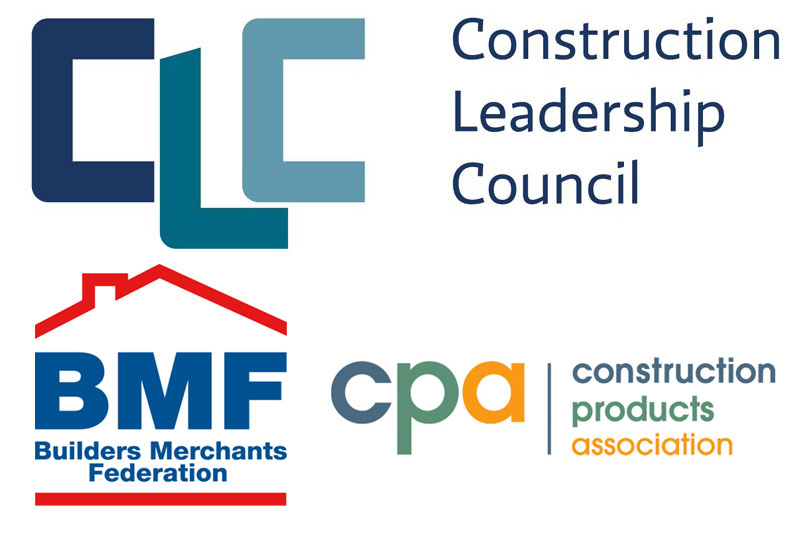
The co-chairs of the Construction Leadership Council’s Product Availability working group – John Newcomb, CEO of the Builders Merchants Federation and Peter Caplehorn, CEO of the Construction Products Association – have issued the following statement on the current market conditions:
In general, demand for construction products has fallen from the peaks seen during spring and summer; this has been particularly evident with a slight softening in residential DIY and repair, maintenance and improvement projects. Nevertheless, the overall market remains extremely strong and the expectation from all regions and sectors is that this will continue during the final quarter of the year.
While product supply has improved in some areas, several critical challenges remain, particularly around logistics and related labour shortages, and rising product and input costs.
The shortage of HGV drivers remains the most critical issue across the board, cited by many as a key risk involving not only late deliveries but hiring, retention and wage inflation. The Construction Leadership Council continues to add its voice to the chorus of other UK industries suffering similar issues.
Despite this, there does not appear to be any immediate solutions forthcoming. The consensus from our colleagues in the logistics and road haulage sectors is that we should not expect any improvement in this shortage until the first quarter of 2022 at the earliest.
Similarly, the well-known issues around global shipping continue to hamper deliveries of imported products, components and raw materials, particularly from Asia. Some UK ports also continue to struggle, with their problems exacerbated by the shortage of HGV drivers causing further delays in moving products from the ships onto the road network.
These issues, both global and domestic, are expected to continue well into 2022.
There are also warnings that high gas and electricity costs and associated carbon costs, which are impacting both UK and overseas ‘heavy-side’ manufacturers, will soon lead to significant price increases for ceramic products, glass, steel and bricks. Cement supply, for example, though struggling is holding steady; however, prices are likely to increase over the next few months due to increased energy costs. This will also have a knock-on effect on the price of concrete products.
All the issues mentioned above are part of a wider, global complex set of difficulties. Government recognises the impact being felt by the construction sector given the current supply chain issues, and will continue to work closely with the Construction Leadership Council and welcomes the latest timely intelligence the Product Availability Group directly feeds in.
Manufacturing capacity for bricks is at its maximum and some brickmakers are investing in expansion, but exceptional demand has depleted current stock to a low level and the gap is being bridged with imported products. Extended lead times are likely to continue at least until the second half of next year. There is, however, better news in the longer term with additional capacity due to come on stream in 2023.
Likewise, the exceedingly high demand for roof tiles has hindered stocks from being replenished although manufacturing is at full capacity. In this case, however, manufacturers warn that driver shortages are a major impediment to shortening lead times, which will hopefully ease from the spring of next year.
Timber is becoming more readily available and the price has fallen for some imported timber products; however importers have cautioned that stock is being delayed at the ports here and abroad.
Bathware and sanitaryware imported from Asia is subject to disruption in shipping, which is unlikely to be fully resolved until 2023 when additional shipping container capacity is expected.
Paint and coatings products continue to be affected by global raw material shortages and supply chain issues resulting in increased lead times for some products as well as rising prices.
As always, we encourage all sectors of the supply chain to continue to work closely and collaboratively to manage challenges and forward plan for projects starting in 2022.
Manufacturers and trade associations providing updates on their own areas, include the Timber Trade Federation.









